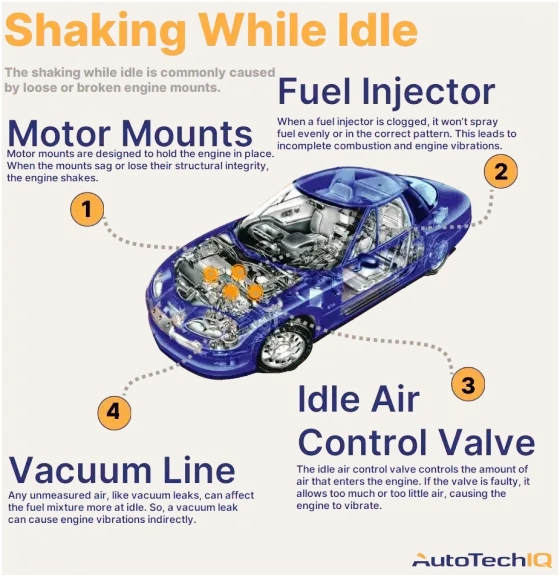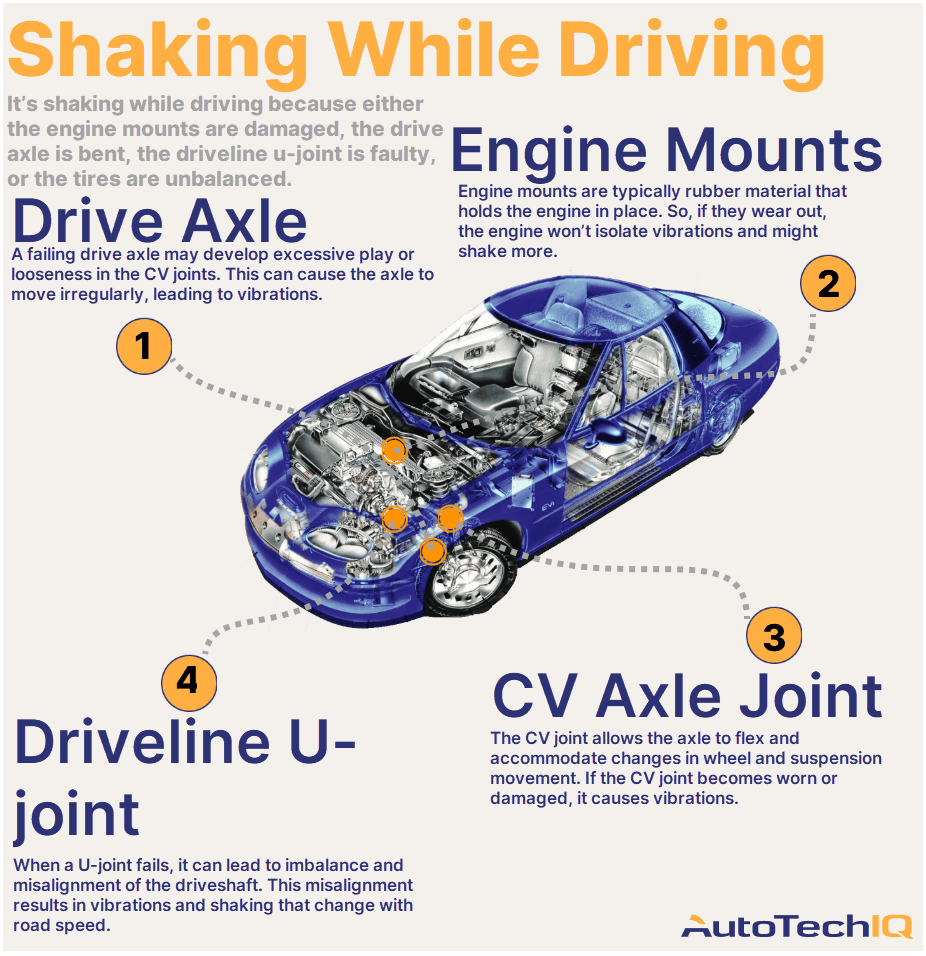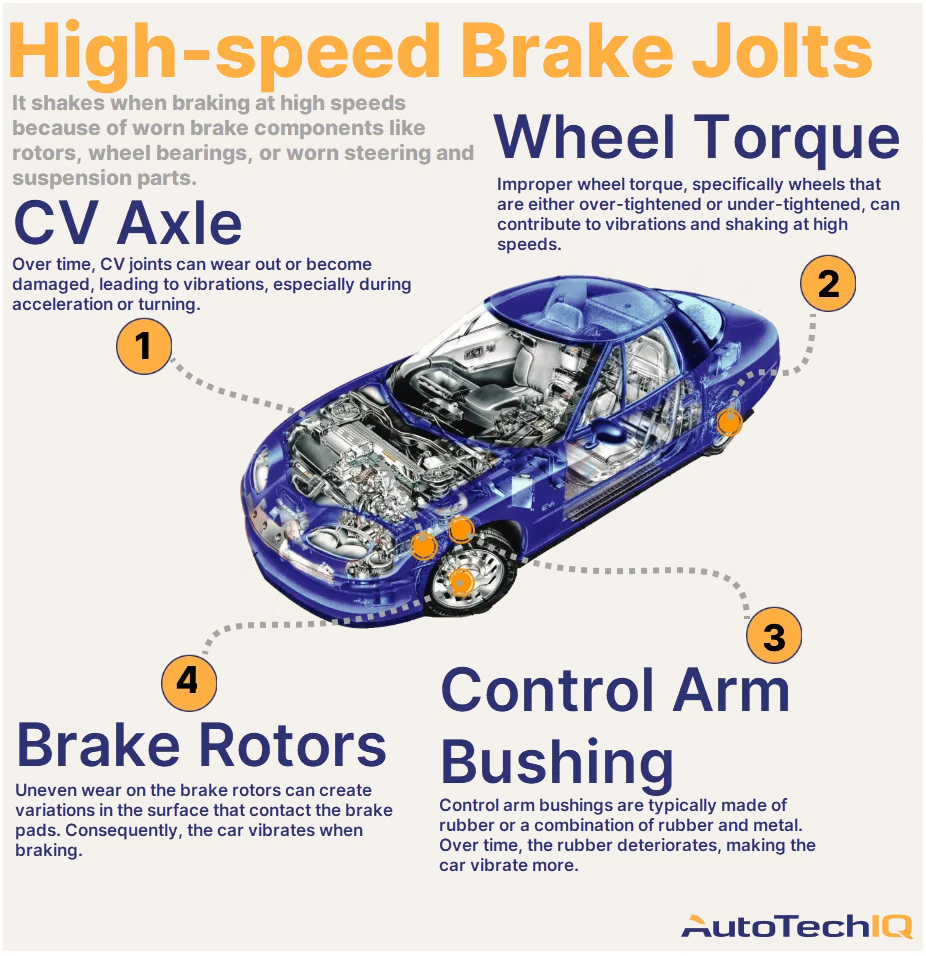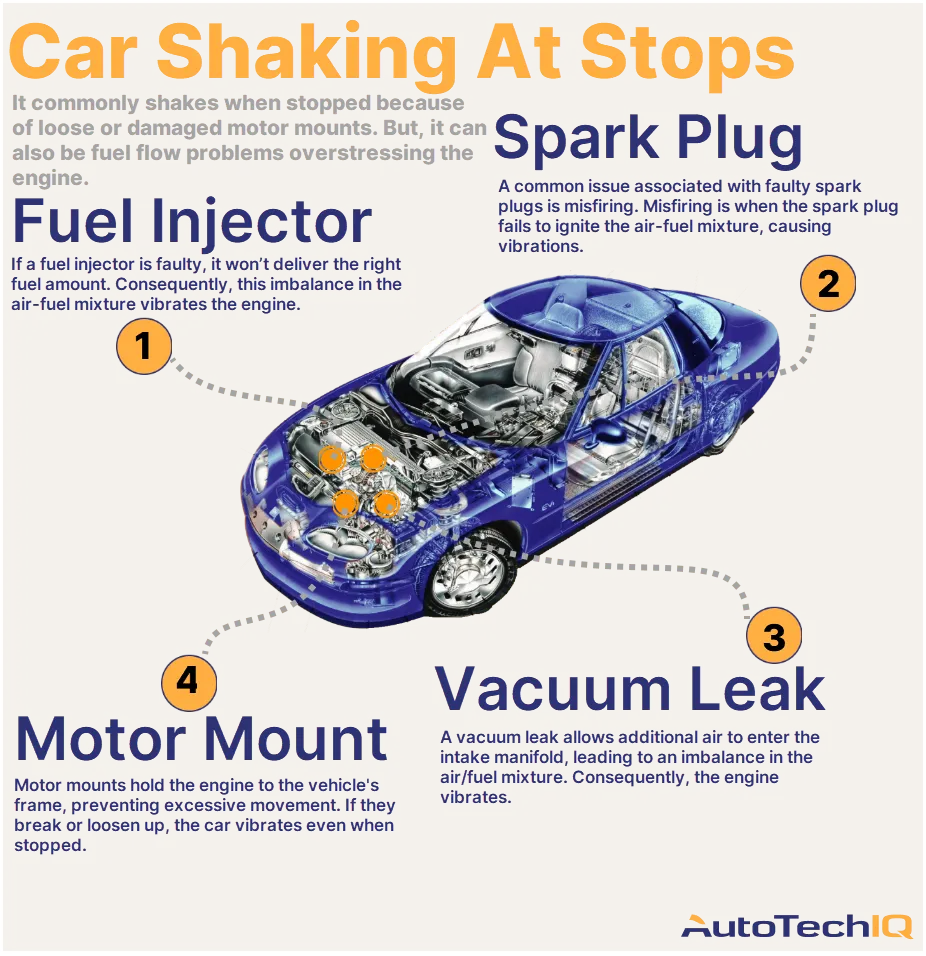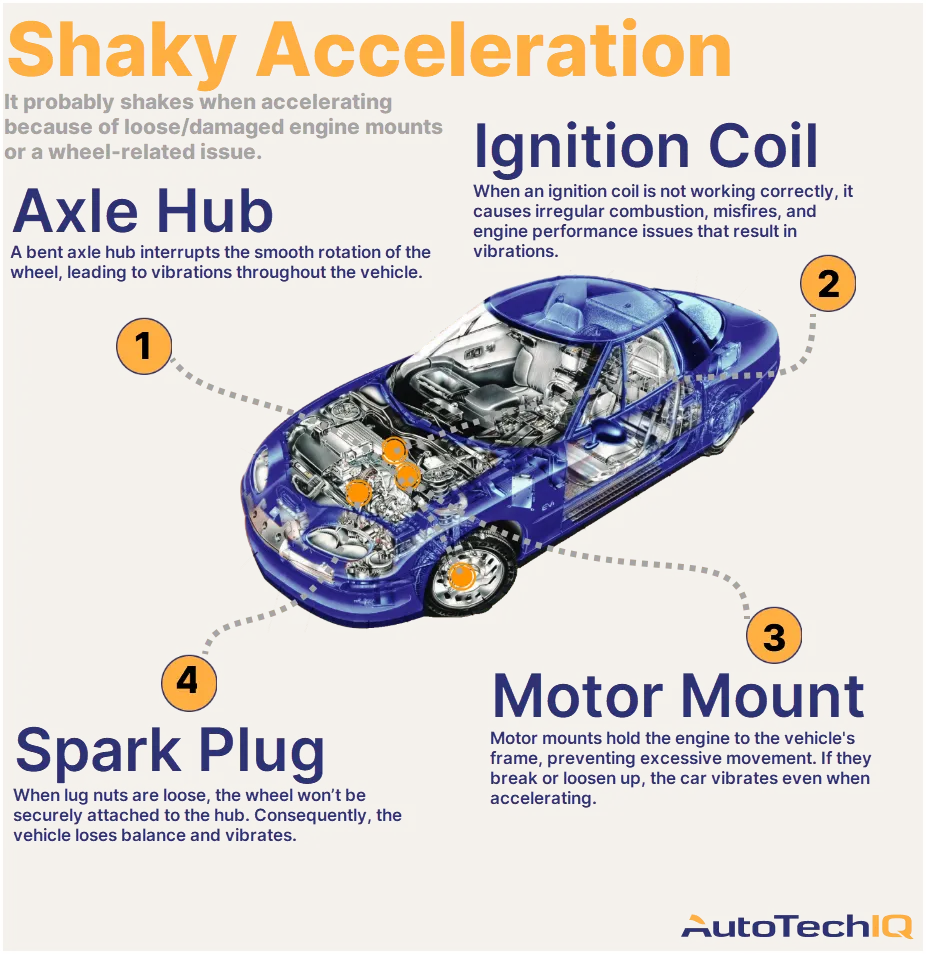Transparency example in a loose motor mount service
An engine system inspection is the most transparent process to understand why your vehicle’s engine mount is faulty. This is because many components surrounding the engine, support mounts, and combustion components can have a say in the issue, indicating the real culprits that caused it all.
A customer brought their vehicle to the shop and reported the engine was running rough and might need a tune-up.
The technician took the car for a test drive and noticed a lot of vibration through the vehicle when putting it in gear and pressing the brakes. However, they found no other issues related to the customer's concern during the vehicle health inspection.
To further diagnose the problem, the technician had an assistant get into the vehicle and, while in gear, torque the engine while pressing the brakes. They checked if the engine was moving excessively, but it did not appear to be.
Then, they lifted the vehicle on a hoist and manually pushed the engine at different locations to see if the vibration would disappear. It was found that raising the front of the engine eliminated the vibration.
Upon closer inspection, the technician noticed that the front engine mount had sagged and there was metal-to-metal contact. This means that the rubber on the motor mount deteriorated, and the metal engine mount was directly in touch with the car's metal frame, causing the vehicle to shake. Therefore, the front engine mount must be replaced to solve the problem.

In this case, the mechanic put the “Immediate Action” tag on the engine mount.
